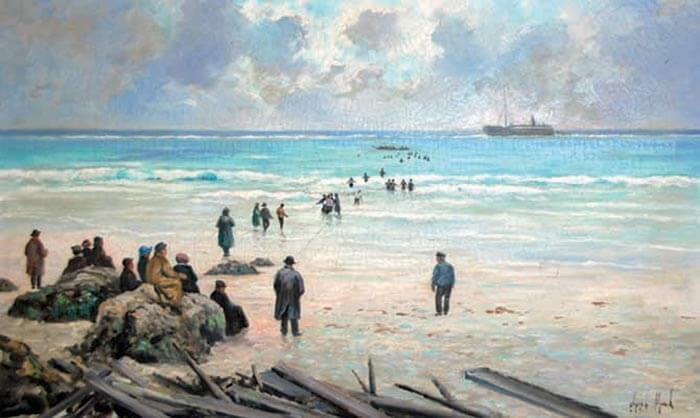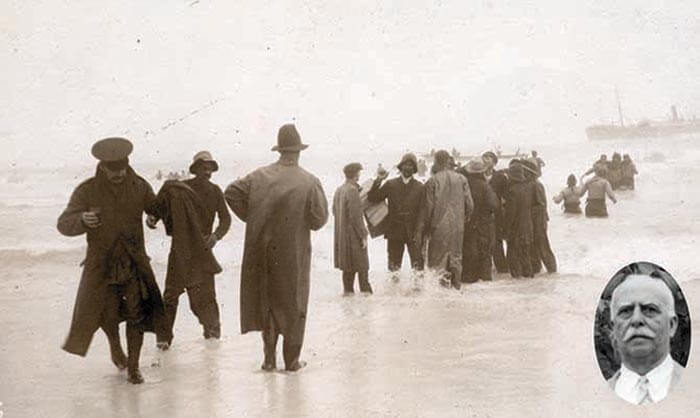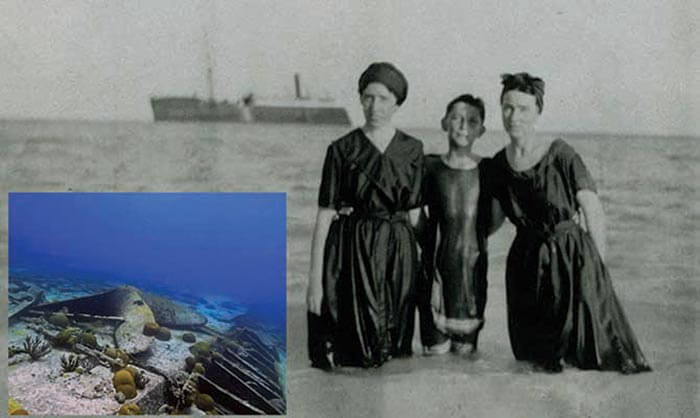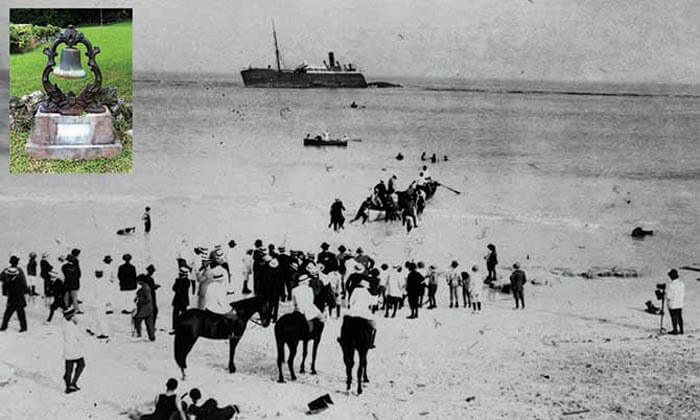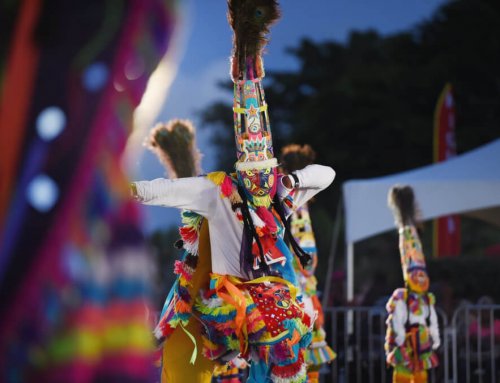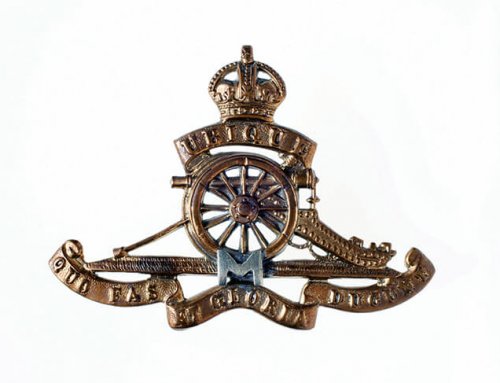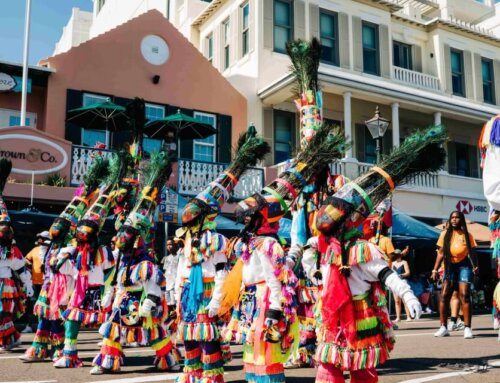by Dr. Edward Cecil Harris, MBE, JP, PHD, FSA
“The Hurricane of 1915 commenced early on Sept. 3rd after very sultry weather—calm sea and very rosy sunsets. Its full force was experienced from the N.E. to E. and continue for 4 days”.—Terry Tucker, Beware the Hurricane!
On 9 September 2012, Bermuda met with a fury in the guise of “Hurricane Leslie”. The public synopsis at weather.bm at 1052 hrs was: “Winds have been sustained tropical storm force, gusting hurricane force at Commissioner’s Point, which represents elevated and exposed areas of Bermuda.” Leslie pelted the Island with such an amount of rain that all visibility was lost.
Such a whiteout occurred at Bermuda in the September of 1915, causing the wrecking of a loaded ammunition ship off Elbow Beach. Now named “Major Hurricane 3”, the storm raged from 27 August until 9 September, the number of “deaths unknown”. MH3 started in the mid-Atlantic, came up to Bermuda, then, unusually, made a U-turn to the south, then turned north again, passing us by a second time to peter out in the northern Atlantic; winds exceeded 111mph, making it a “Category 3” hurricane in parlance.
It was into that storm that the SS Pollockshields ran unwittingly in the days before radar and universal hurricane tracking. German-built in 1890 as Herodot, the vessel was sold in 1903 to the Hamburg American Line and named Graecia. Requisitioned as a supply ship for the Great War, it was captured off Gibraltar by the British and converted into an ammunition vessel as SS Pollockshields.
On 22 August 1915, out of Cardiff, the ammo-laden ship headed for Bermuda, which it met in a disastrous way on 7 September, having been in hurricane conditions for several days. The “fog” cleared and Captain Ernest Boothe found himself in shallow water on a lee shore: attempts to reverse against the storm winds failed and the ship ran firmly aground on a reef several hundred yards from the shore at Elbow Beach. Thereafter began one of the most daring sea rescues in Bermuda’s history, spearheaded by the whaler, Antone Marshall (1880–1952).
Marshall had a whaling boat that he had imported from New Bedford and with a team of volunteers he transported the little vessel from its anchorage at Jews Bay to Elbow Beach, reaching there around 3 a.m. on 8 September. The rescue operations began at daylight, with storm winds still blowing, and after four trips through the surf, all the crew was taken off the Pollockshields without loss of life. Captain Boothe was less fortunate, as he was swept overboard.
Antone Marshall came from a long lineage of Azorean and New Bedford whalers, but eventually sold his equipment to Gunnison “Gunny” Astwood, Bermuda’s last whaler. His family donated a painting of the Pollockshields rescue by Joseph Monk to the National Museum and Ron Lucas supplied a wonderful photograph of the ship, as she lies among the reefs in modern times. One photograph of the period suggests touristic interest in visiting the wreck of the Pollockshields: it is possible the Marshall’s whaleboat was kept at Elbow Beach for such a purpose after the heroic rescue.

